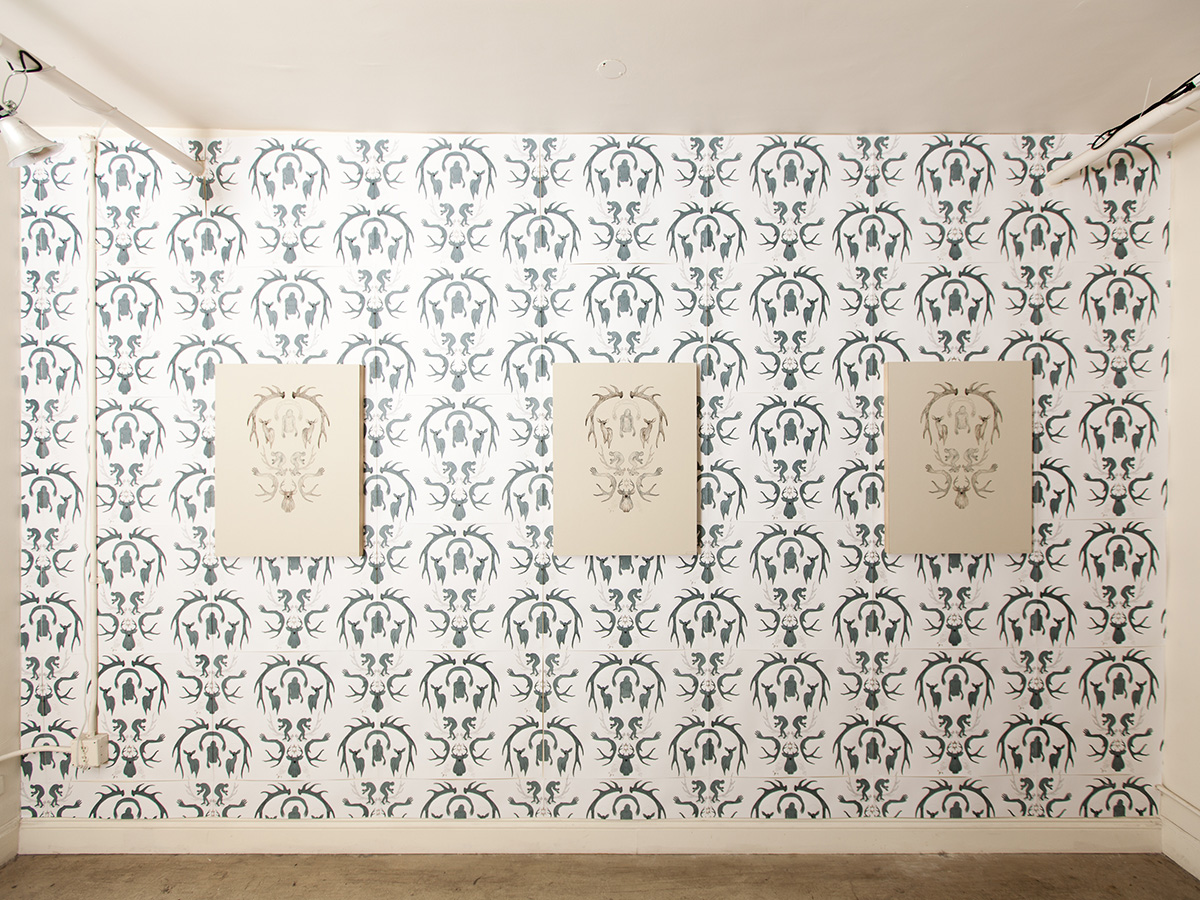Bermudez Projects Steps in with a Razor-Sharp Biennial Exhibit
Words by Katrina Mohn, Arts Writer, Bermudez Projects
SPACELAND | Los Angeles: Vast, Light, Modern was born as a first anniversary celebration for Downtown LA’s Bermudez Projects in 2012. The exhibition was imagined not only as a celebration of the space, but a love letter to Los Angeles itself.
By the close of SPACELAND, it was clear to director Julian Bermudez there remained much to explore about the city and its future. Two years later, in SPACELAND II | Escape from Spaceland, the artists were called upon to reflect on the dystopian future of their fictionalized Los Angeles. The devastating events are unnamed, but the residents were forced to retreat from their previously vast, light, and modern home.
One show makes an exhibit, a second show makes a theme, but with the third, SPACELAND is officially a biennial.
In Spaceland III | Aftermath, residents of the destroyed city slowly begin returning in small pockets to survey the damage. As the title implies, the works included in the show are based on themes of both discovery and collaboration. Perhaps not yet rebuilding, but exploring the possibilities of a future.
For Spaceland III, Bermudez took artists both known and new to the gallery and paired them for collaborative works. Pairings were hand-picked based on what Bermudez describes as certain visual and temperamental similarities. For artists put together in what could have easily amounted to a begrudging class assignment, the resulting work is a testament to Bermudez’s curatorial vision.
Each coupling created a different facet of this world re-discovered. Standouts include an altarpiece with a new Adam and Eve for the post-apocalyptic world by Gordon Henderson and John S. Rabe, a scorched landscape dotted with residents starting to rebuild by Cody Norris and Emmanuel Crespo, and a techno-organic seedpod – part mechanical, part organic, reading as feathers and flesh and metal and fabric, by Nanci Amaka and Kellan Shanahan.
Sound stations by Jesse K. Phillips were installed throughout the show. For each work, a soundscape was created and presented in an array of technology. Beneath one work, a child’s cassette player; in another corner, an early generation classic iPod hooked to an amp. The most whimsical was a disc man attached to a telephone receiver. Although each of the stations relates to a single work, the sounds together create a humming, rising and falling soundtrack for the entire space.
The sound installation serves as a perfect break away from SPACELAND’s unintentional twin biennial, Made in LA. At this year’s Hammer Museum exhibit, stations of music were also featured. However, instead of sounds tailored to the work, the soundbites were created by a production company specializing in reality show orchestration.
If Made in LA is the glossy produced version of Los Angeles everyone loves to hate, SPACELAND is the Los Angeles that residents find in surprising corners around the city.
Regarding the future of SPACELAND, Bermudez has vision for what is in store for this city in ruin with parts IV and V in the works.
“There will definitely be a SPACELAND IV and it is going to look very different from the previous exhibits in this series…that’s really all I can say for now,” says Bermudez. “However, it is SPACELAND V that will reveal the cause of the cataclysm which resulted in SPACELAND II. And, it won’t be so much as to what caused it, but rather who.”






